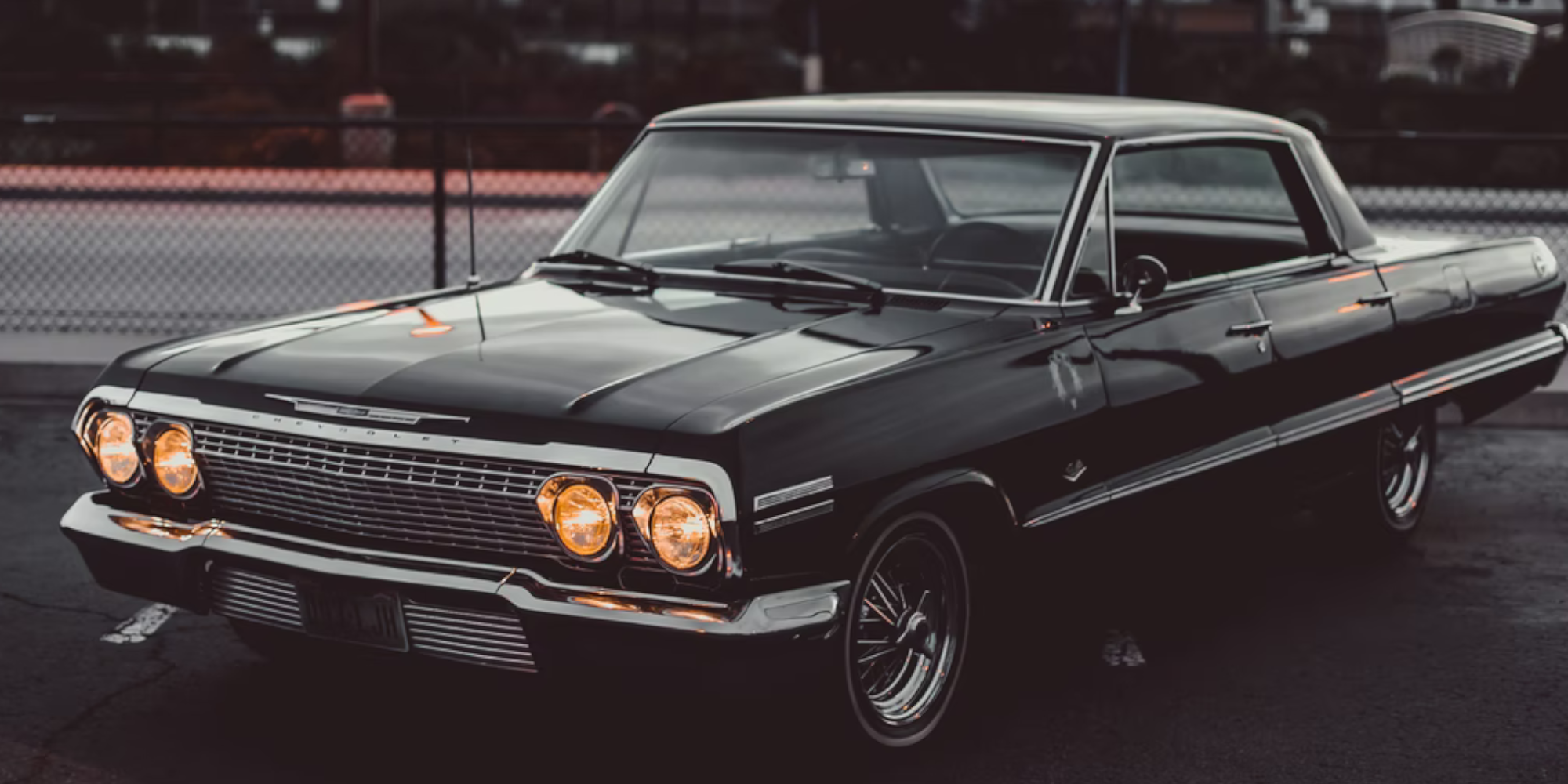It seems that the spectrum of interests car aficionados have is endless. Even regarding the most niche information about cars, some the average person has never even taken into consideration, there is a petrol-head somewhere ready to write an entire book about it! Although, with all the elements of automobiles that we are fascinated by, we can’t help but notice an overlooked element of our favourite vehicles – and the more we think about it, it’s hard to understand why.
The paint job of our vehicles is often the first striking aspect many of us see, and when thinking of the most iconic rides throughout history, it’s hard to avoid picturing their colours and decals in our mind’s eye. It may seem odd, but the history of how we got from painting wooden ‘motorised carriages’, to the 60’s hot-rod design craze, all the way to today’s almost otherworldly custom paint jobs and wraps, is truly vibrant!
This journey is a colourful one, with many fascinating discoveries along the way, so here’s an EASR crash course in the history of automotive paint!
Like Watching Paint Dry (Pre-1924)
Before we dive right into all of the advances made in the auto-painting industry, we need to first take a look into the period before even paint-gun or spray paint technologies were even used on vehicles, let alone mass-produced ones. While the invention of the automobile in the late 19th century started changing the technical approach to transportation, the technique used to paint carriages remained the same for several years. This process was almost as simple as it gets, using brushes to paint wooden chassis; an old Studebaker Electric Carriage advertisement outlines the process: “twenty-two successive stages of finish as they appear on every Studebaker carriage (…) an item that means fifty-two days of valuable time.”

Fifty-two days to finish a batch of carriages – this labour-intensive process, combined with the inefficient and wasteful use of space to keep many of these vehicles in a “stable” environment clearly was unstainable, and ultimately culminated in the phasing out of Studebaker and other Electric Carriage style vehicles. Most importantly though, set a goal to improve the painting of the soon to be the mass-produced automobile.
A Happy Accident (1921-1939)
The first big discovery came about in 1921 at the DuPont Film Plant. Yes, film plant, specifically nitro-cellulose film, the likes of which you’ve probably seen used in old projectors and film cameras. As the story goes, it was a warm day at end of the week, and one (probably very tired) factory worker, happened to leave a barrel of ‘gun cotton’ (another name for nitrocellulose, named due to its fluffy, cotton-like appearance, and its use as early accelerant for firearms) outside over the weekend. Little did he know that what was about to occur in that barrel would change the automotive industry for decades. When the mistake was discovered the following week, what they saw was not the gun cotton, but rather a thick, clear liquid – the fundamental part of nitrocellulose lacquer.

Following this discovery, the DuPont Chemical company began working on developing both the lacquer and primer from this new material. By 1923, following innovation in spray-paint technology, the first fully spray-painted car was rolled out. The 1923-24 Oakland (the predecessor to Pontiac) began to set a new precedent for the way cars were to be finished.
It wasn’t until 1926 that Glyptal developed the first manufactured mass-produced alkyd enamel paint, now commonly referred to as just enamel. As the ’30s drove on, both lacquer and enamel were used as the final coats for many car manufacturers – the bigger names like Ford, Chrysler and Studebaker, tended to opt for enamel, while more independent manufacturers used nitrocellulose lacquers, although a mixture of the two was not uncommon.
Turning of the Tides (1940-the 1950s)
Up until the end of the 1930s, America was leading the way in the automotive industry, and with that, the automotive paint industry too! However, with the ever-looming tensions of the war in Europe, and the attack on Pearl Harbor, the Americans had no choice but to intervene.

If you recall back to the DuPont days, the term ‘gun cotton’ arose from nitrocellulose’s explosive qualities. Following the victory in Europe, many restrictions were placed on Axis powers in Europe (Germany, Italy,), some of which extended to the use of nitrocellulose lacquers to prevent the manufacture of explosives, which left only the use of enamels. It was under these circumstances that the Europeans developed the then-revolutionary High Solid Acrylic Urethane paint system (High Solid referring to the higher concentration of resin, and lower quantity of more volatile natural compounds), the result of which far exceeded that of their American counterparts, resulting in far more durable results compared to the slow air-drying process of lacquer and enamel!
It would not be long however until this new technology would make an invasion of its own in the United States, and new advancements of these materials would turn the process completely on its head!
Following this first crash course on the history of auto-paint, be sure to check in next week for the history up until today! We hope to show you how seriously we take our trade here at EASR. While we may not be able to offer the most “vintage” of finishes, we offer the newest advancements in repairing any paint damage that may come to your vehicle, along with Alloy Wheel Restorations, Diamond Cutting Services and Paintless Dent Removal! To get a quote from our automobile experts, you can fill out the form on our website, calling us 0330 111 0203, or feel free to email us at [email protected]
